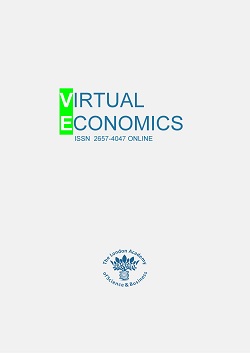Publikációk / Investigating the Role of Activation Functions in Predicting the Price of Cryptocurrencies during Critical Economic Periods
Investigating the Role of Activation Functions in Predicting the Price of Cryptocurrencies during Critical Economic Periods
- 2025.03.03
- | 08:00


2025
Szep
19
H
K
Sz
Cs
P
Sz
V
1
2
3
4
5
6
7
8
9
10
11
12
13
14
15
16
17
18
19
20
21
22
23
24
25
26
27
28
29
30
1
2
3
4
5
Következő hónap >
a
2025
Szep
19
H
K
Sz
Cs
P
Sz
V
1
2
3
4
5
6
7
8
9
10
11
12
13
14
15
16
17
18
19
20
21
22
23
24
25
26
27
28
29
30
1
2
3
4
5
Következő hónap >

